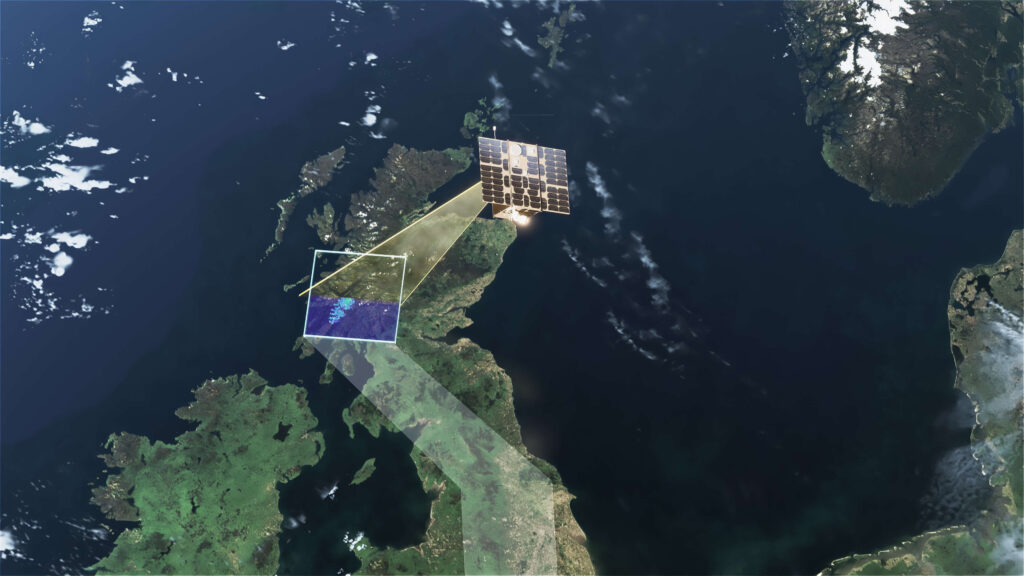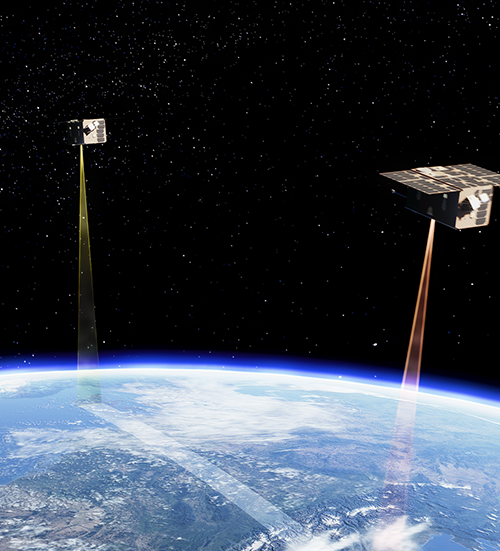On July 9, a Dutch consortium of ISISPACE, TNO, SRON and KNMI kicked-off the construction of the Twin Anthropogenic Greenhouse gas Observers (TANGO). This is a satellite system developed by ESA that measures global greenhouse gas emissions of CO2 and methane at source level. TANGO builds on the successful TROPOMI satellite mission.
TANGO consists of two agile satellites, each weighing 25 kg, which orbit the Earth together. One satellite measures CO2 and methane emissions and the other measures nitrogen dioxide. TANGO does this for 150 to 300 large industrial facilities and power plants every four days. This provides images of emission plumes with a resolution of 300 x 300 metres.

Dutch partners
TANGO is an ESA mission carried out by a Dutch consortium. ISISPACE leads the implementation and is responsible for the satellites, launch and operations of the two satellites. TNO develops and builds the instruments that will measure CO2, methane and NO2 and works on an emission map for greenhouse gas emissions. SRON and KNMI have the scientific lead and develop the algorithms for deriving gas concentrations. SRON develops detector electronics and the ground station for operational data processing.
Opportunities for the netherlands
The Netherlands has held a strong international position in the field of Earth observation and satellite missions for over 40 years. The construction and launch of TANGO not only offer opportunities for Dutch industry, but also enable The Netherlands to further expand its leading international position in atmospheric Earth observation and build a unique position in the provision of climate data. The contract for TANGO between ESA and prime contractor ISISPACE was signed in Vienna on June 26 during the ESA Living Planet Symposium.



